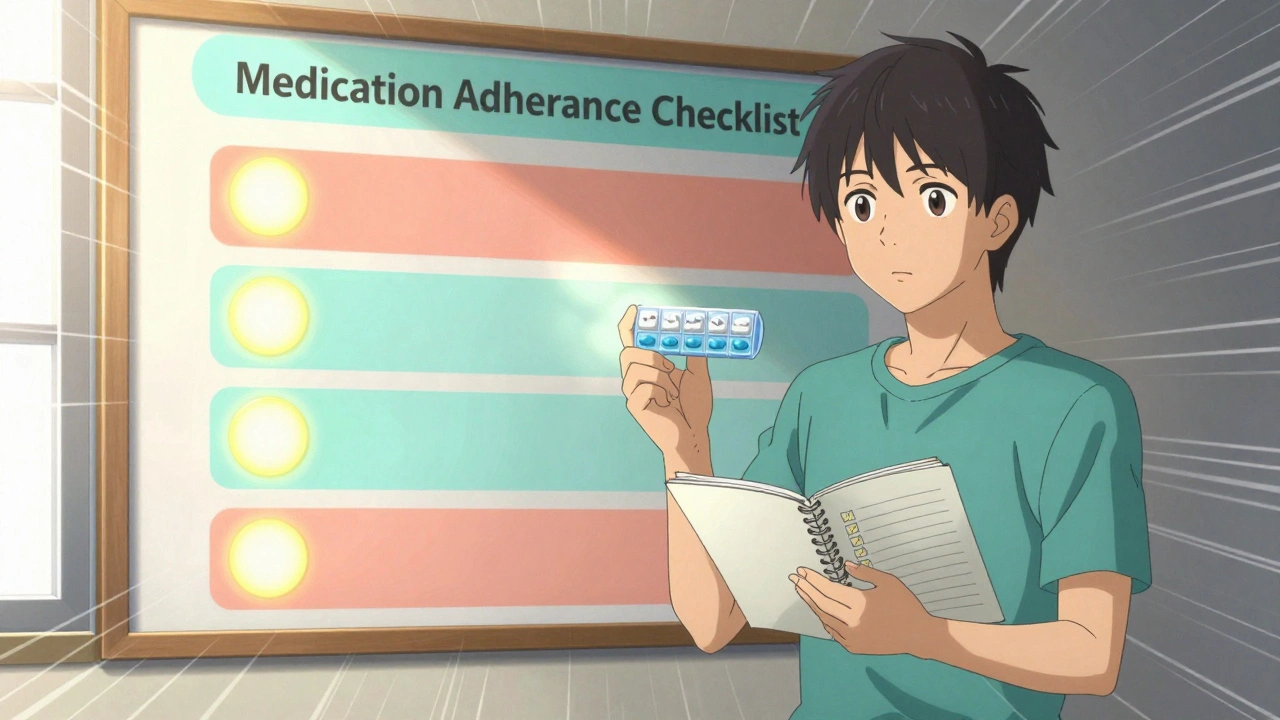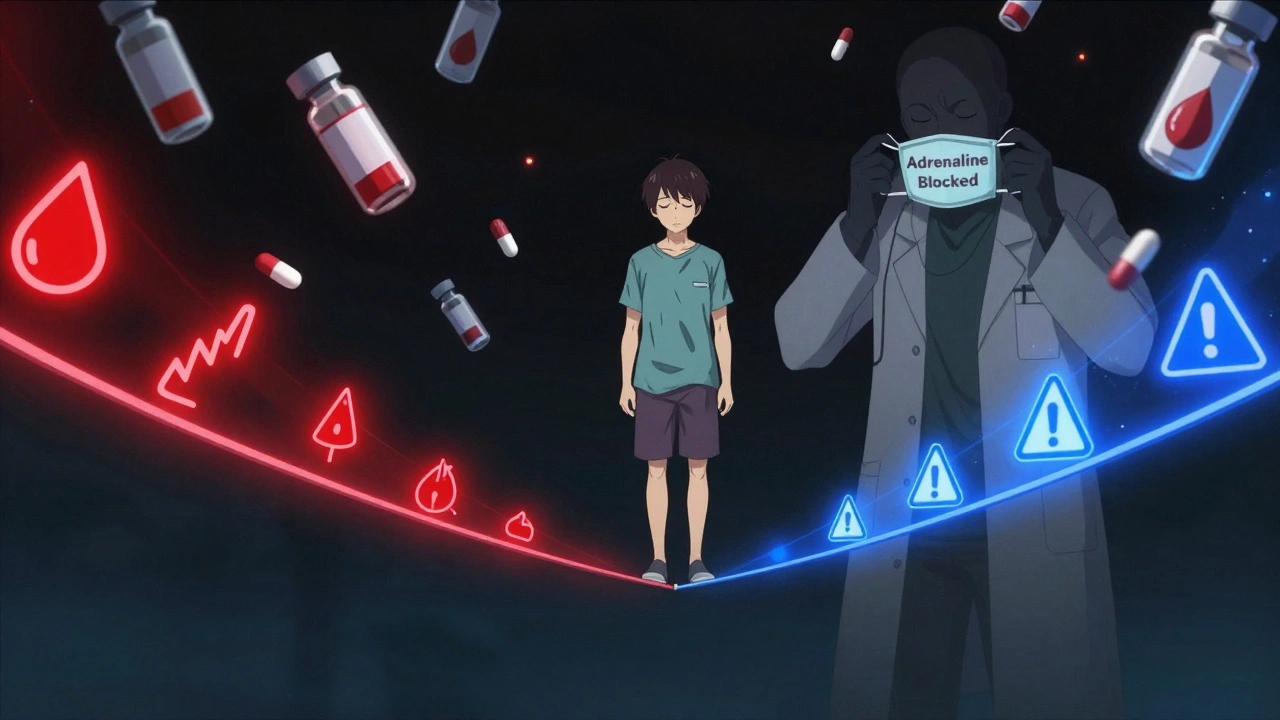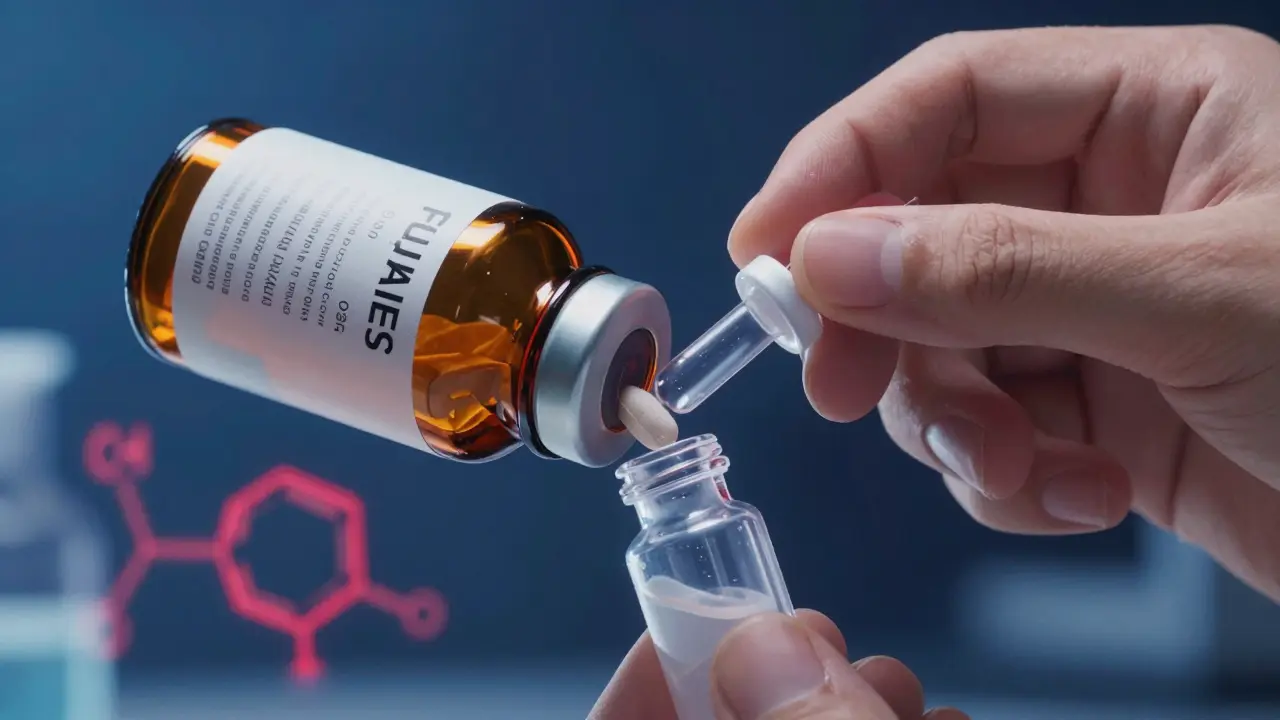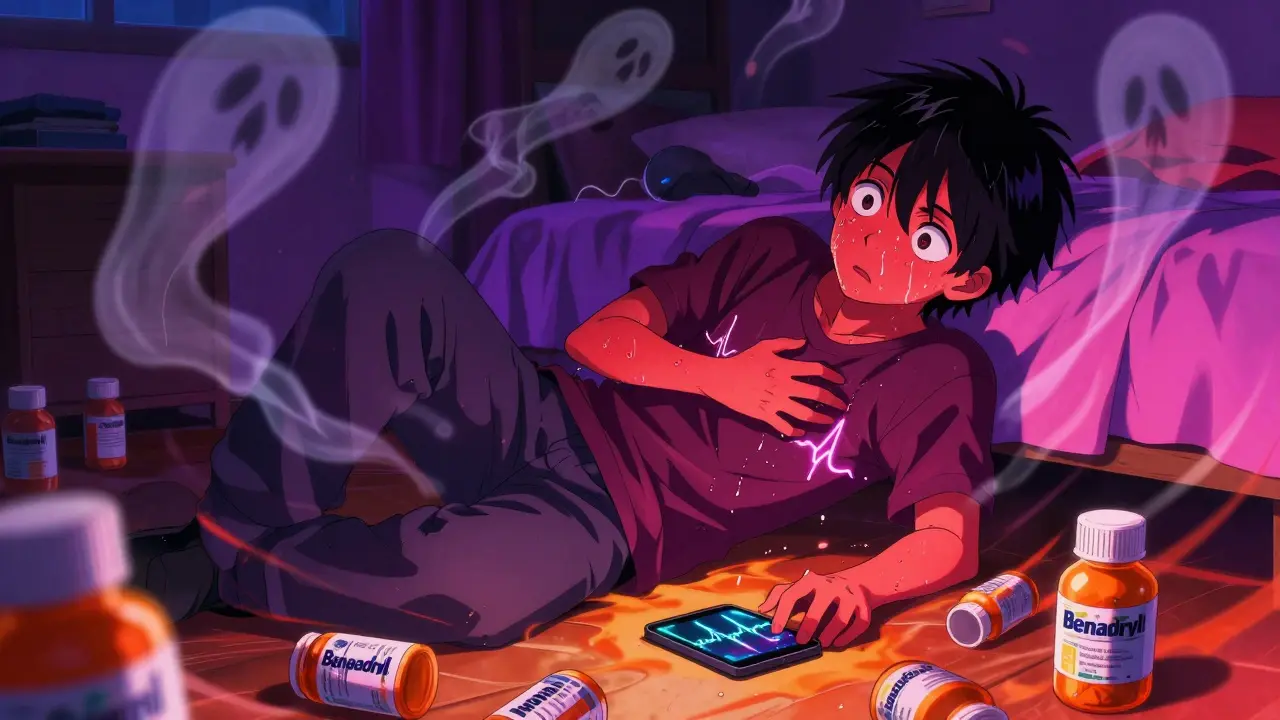Rosacea Cream: Find the Right Formula for Red, Sensitive Skin
If your face flushes or stays red, a targeted cream can make a big difference fast. Rosacea creams come in two camps: ones that calm inflammation and ones that reduce visible blood vessels. Knowing which one you need saves time, money, and frustration.
Start by checking active ingredients. Prescription options include topical metronidazole, azelaic acid, ivermectin and low‑dose brimonidine or oxymetazoline for redness. Over‑the‑counter choices that help inflamed skin include azelaic acid gels, niacinamide serums, and gentle ceramide moisturizers. Sunscreen with mineral blockers (zinc oxide or titanium dioxide) is nonnegotiable—UV light often triggers flare‑ups.
How to pick a rosacea cream
First, ask whether you need anti‑inflammatory treatment or a vasoconstrictor for persistent redness. If your skin feels hot, burns, or has papules and pustules, an anti‑inflammatory like metronidazole or ivermectin is usually better. If you mostly have constant redness from visible blood vessels, brimonidine or oxymetazoline can reduce redness for hours.
Look at the base formula. Creams for rosacea should be fragrance‑free, alcohol‑free, and rich in soothing ingredients: glycerin, hyaluronic acid, panthenol, and ceramides. Avoid menthol, witch hazel, alcohol denat., and strong botanical acids that can sting. If you're oil‑prone, pick a lightweight gel with calming actives rather than a heavy cream.
Using rosacea creams the right way
Always patch test a new product on your inner arm for 48 hours. Apply a thin layer to clean skin once daily at first, then increase to twice daily if your skin tolerates it. Avoid mixing multiple active topicals without advice—using azelaic acid and benzoyl peroxide at the same time, for example, can dry and irritate sensitive skin.
Be patient. Prescription topicals can take 6–12 weeks to show full benefit. Track changes with photos under the same light and try not to switch products too quickly. If redness or irritation worsens within a week, stop and consult your provider.
Combine topical care with trigger control. Common triggers are sun, hot drinks, spicy food, alcohol, stress, and extreme temperatures. Gentle cleansing, regular SPF, and a simple moisturizer make prescriptions work better. For persistent or worsening rosacea, ask a dermatologist about oral options like low‑dose doxycycline or procedures such as laser or IPL to treat broken vessels.
Cost and access matter. Some prescription creams are available through telemedicine or online pharmacies; compare prices and look for verified sellers. Never buy antibiotics or prescription meds from sites that won’t verify a prescription. When in doubt, ask a pharmacist or doctor.
Rosacea can feel annoying, but the right cream plus simple lifestyle changes usually improves skin a lot. Keep notes on what helps and what worsens your symptoms so you and your clinician can fine‑tune treatment faster.
Quick checklist: avoid known triggers, always patch test, choose fragrance‑free and alcohol‑free formulas, use a mineral SPF 30+ every morning, carry a gentle moisturizer, and write down reactions to each product. If progress stalls after three months, ask your dermatologist about prescription cream changes or in‑office treatments for review.
Soolantra Cream: The Real Deal for Rosacea and Skin Mite Troubles
Learn how Soolantra cream works for treating rosacea and skin mites, why it has become a favorite among dermatologists, and realistic tips on using it for clear, healthy skin.






